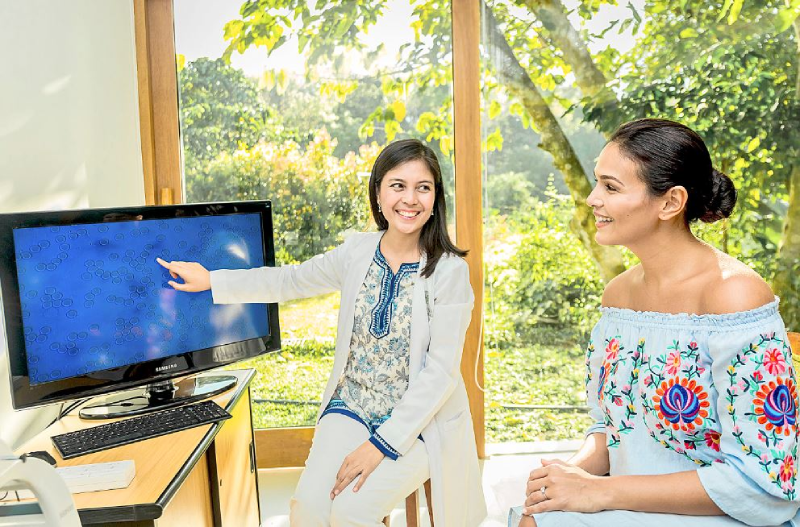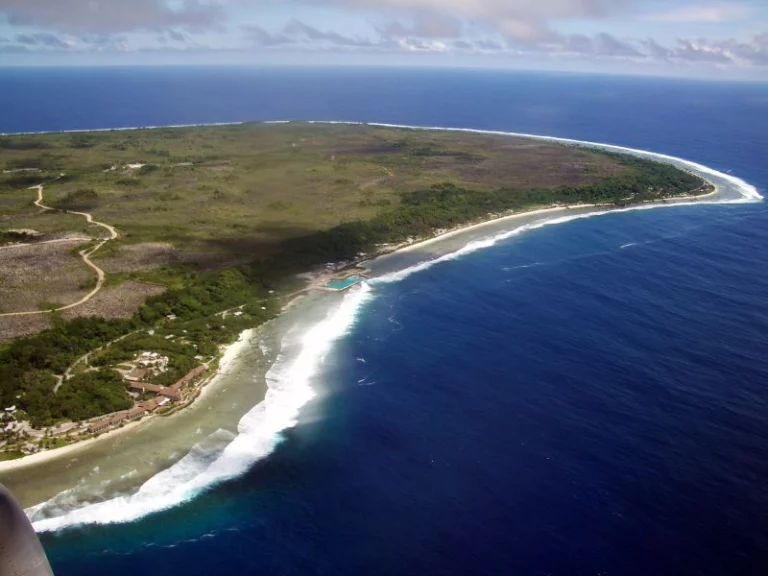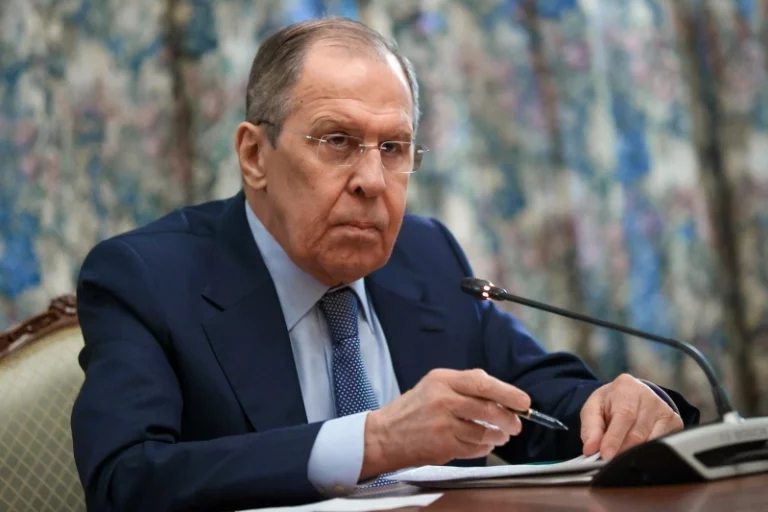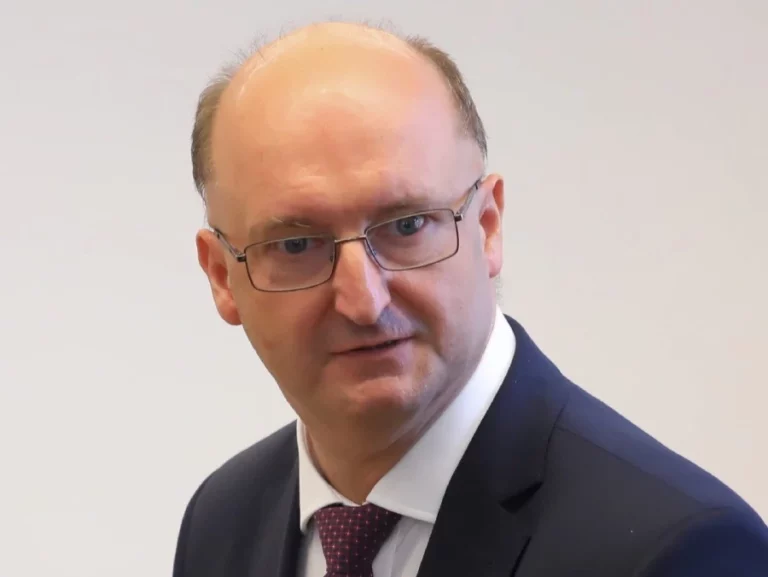The Philippines has long been a destination for tourists seeking tropical beaches, delicious cuisine, and friendly locals. However, in recent years, the country has also been emerging as a top destination for medical tourism.
With its great English speaking population and high rate of nurses, the Philippines is poised to become at the epicenter of medical tourism in Asia Pacific. In particular, some of the key clients may come from Japan which is known for its aging population and China which has a rapidly aging population.
Currently ranking 8th in the world
According to the Medical Tourism Association (MTA) and the International Healthcare Research Center, the Philippines as a medical tourism destination ranked eighth among the top in the world. A recent article in the SunStar Cebu reported that the Philippines is continually improving its health service offerings in order to climb to the top. The country has been working hard to promote its healthcare facilities and services to international visitors, and it seems that their efforts are paying off.
Growing medical tourists
The Philippines is seeing 80,000 to 250,000 medical tourists annually, with patients coming from Sri Lanka, East Asia, the Gulf States, Europe, North and South America, the Pacific Islands, Australia, and the Pacific Islands. Filipino workers and expatriates also travel back home to the Philippines to have their medical procedures.
Advantages
One of the main advantages that the Philippines has as a medical tourism destination is that many healthcare providers speak English, as well as the ability to provide modern medical facilities, quality infrastructure, proximity to most of Asia’s major cities, and the ability of a caring local community to help in total healing in mind, body, and spirit. Cynthia C. Lazo, Director for Medical and Wellness Tourism, who directed comments on the Embassy Tour while at the World Medical Tourism & Global Healthcare Congress (WMTC), has said that the Philippines has the potential to become a major hub for medical tourism in the region.
Philippines: ‘Heart of Asia’
The Philippines is positioning itself as the heart of Asia, combining modern technology with Philippine culture and tradition, highlighting the warmth of the Filipino people. This makes the Philippines an attractive destination for medical tourists seeking a blend of modern medical facilities and traditional healing practices.
In addition to the natural and well-established medical tourism offerings, the Department of Tourism’s (DOT) 7 medical tourism team is working with the Cebu Health and Wellness Council to put together medical tourism packages, using global medical tourism facilitators. Director at DOT 7, Rowena Montecillo, has said that several groups have visited Cebu to conduct ocular inspection of medical facilities, accommodation establishments, and tourist attractions.
The Department of Tourism and St. Luke’s Medical Center in the Philippines made the additional investment for the future of medical tourism by serving as Gold Sponsors of the WMTC. St. Luke’s Medical Center is not the only health care provider interested in attracting medical tourists. The country’s healthcare industry is booming, and there are many other hospitals and clinics that are also keen to offer their services to international visitors.
Cebu at the forefront
With the increase of medical travelers going to Cebu for beauty or wellness procedures and Cebu’s expanding middle class, celebrity doctors, Manny and Pie Calayan, opened their first clinic outside of Manila, in SM Seaside City Cebu. Pie Calayan said that many clients travel to their clinic in Manila from Cebu, so opening a branch in Cebu was a wise business decision.
The locals mostly engage in simple facial services, but the foreigners come for more invasive procedures such as liposuction, face lifts, and tummy tucks. The presence that the Philippines has had at the WMTC over the years and their efforts to improve tourism and healthcare infrastructure highlight interest in continued expansion to raise the Philippines to the top as a medical tourism destination.
Support from the Vice President
The country’s move towards the positioning the country at the epicenter of the medical tourism comes from the top as the country’s Vice President, Sara Duterte, is urging stakeholders to invest in sector-specific tourism to strengthen the Philippines’ tourism sector. Speaking at the Meetings, Incentive Travel, Conventions, and Exhibitions (MICE) Conference 2023 in Davao City, Duterte highlighted the importance of diversifying the experiences offered to tourists by investing in “medical tourism, heritage tourism, retirement havens, entertainment spots, open-space recreation, and more community-based travel destinations.” She believes that investing in these sectors will diversify the country’s opportunities and potentially increase revenue streams in the industry.
Duterte, who previously served as mayor of Davao City, noted that the city hosted the MICECON event ten years ago, reinforcing its position as a major player and attractive destination in the conventions and exhibits industry. With 50 MICE facilities in the city, Duterte said that Davao City provides accommodations that meet the growing demand for guest lodgings, Halal food offerings, and diverse Asian and continental cuisine. As the host of this year’s MICECON 2023, Duterte emphasized that the event is an opportunity to showcase one of the tourism gateways in Mindanao.
She also credited the Department of Tourism (DOT) for opening “Tourism Circuits” and “Green Corridors” in Davao, Clark, Bohol, and Puerto Princesa, which boosted domestic tourism. Duterte commended the tourism industry players for developing carefully curated, immersive, and inclusive travel packages that cater to foodies, faith, fitness, sports, and ecotourism enthusiasts.
Duterte believes that a restabilized tourism industry will bring more than economic growth. It will also increase the number of middle-income Filipinos, reduce poverty incidence to nine percent, and elevate the Philippines as an upper-middle-class economy. She looks forward to the reemergence of a strong tourism sector in the country.
Billions in revenue
Investing in medical tourism could potentially contribute significantly to the country’s economic growth. According to a report by the Department of Trade and Industry (DTI), the global medical tourism market is expected to reach $273.6 billion by 2027, growing at a CAGR of 21.9% during the forecast period of 2020 to 2027. In the Philippines, the medical tourism industry generated $1.1 billion in revenue in 2019, with an estimated annual growth rate of 7.8%.
The country’s advantages in medical tourism include its proximity to major source markets, English proficiency, and a large pool of medical professionals. The government has also introduced measures to promote the sector, including the Medical Tourism Act of 2009, which provides tax incentives to medical tourism investors, and the establishment of medical tourism zones.
In conclusion, Vice President Sara Duterte’s call for sector-specific tourism investments is a step in the right direction towards the restabilization of the Philippines’ tourism sector. With the potential for significant revenue growth in medical tourism, the government should continue to support and promote the sector. By doing so, the country can strengthen its position as a top medical tourism destination and elevate its economy to an upper-middle-class status.
Challenges
However, the Philippines’ medical tourism industry is not without challenges. The country needs to continuously improve its healthcare facilities, equipment, and services to meet the increasing demands of medical tourists. There is also a need for more specialized medical professionals to cater to the specific needs of medical tourists.
The country also needs to address issues such as traffic and pollution, which can affect the overall experience of medical tourists. The government needs to work with local communities to ensure that medical tourists feel safe and comfortable during their stay in the Philippines.
The Philippines is poised to become a major player in the medical tourism industry in the Asia Pacific region. With its high rate of English-speaking nurses and modern medical facilities, the Philippines can offer quality healthcare services at affordable prices.
Its proximity to Japan, China, Australia and the Gulf States, also makes it a convenient and ideal destination for medical tourists from these countries. As the country aims to continuously improve its healthcare infrastructure, as well as address issues such as traffic and pollution to ensure the success of its medical tourism industry, it is on its way to truly become the ‘Heart of Asia’.
With the right investments and partnerships, the Philippines can become a top destination for medical tourism in the region.




















